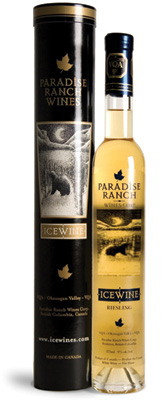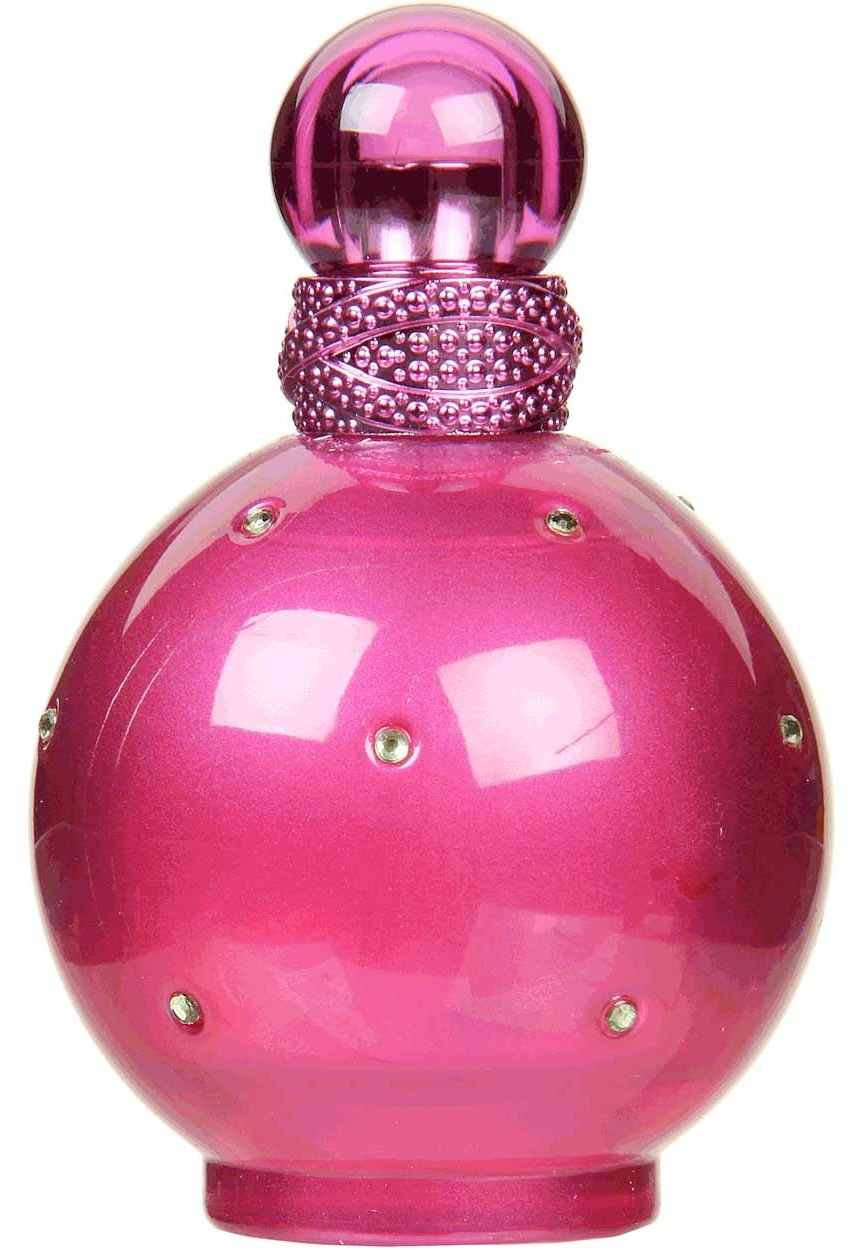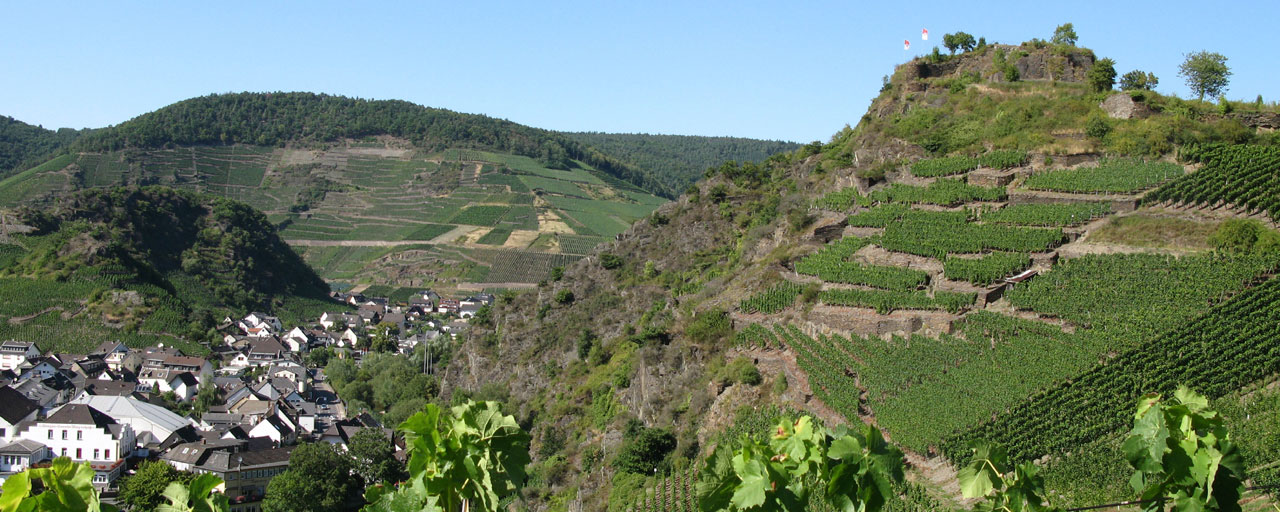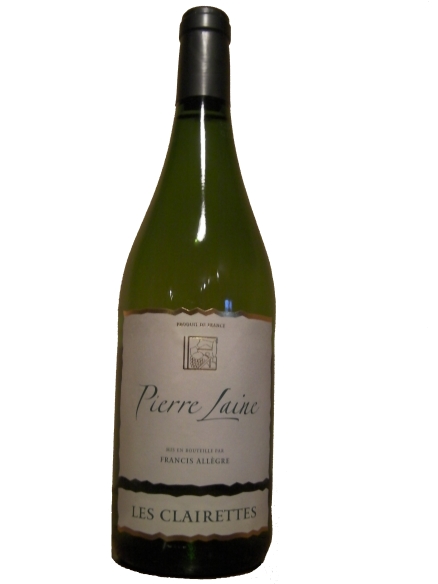Wine Of The Day!
11 years ago
Parfumistas like us have trained themselves to put into words what they smell. I am sure many of you are open not only for perfume but for other pleasures as well. Let's start a Wine of the Day thread! Please explain what you taste as if it was a perfume!

I'll start this thread with a very perfume-y white wine: the 2011 semi-dry Bacchus by Winzergemeinschaft Franken eG. Using our terms from perfumery, I'd say this wine is definitely mass market, not niche, and I bought it at my preferred supermarket.
It is from the region Franken in northern Bavaria, Germany. You may notice the strangely shaped bottle which is used exclusively for Frankenwein. This special shape has a name: Bocksbeutel – Buck's Bag!
Bachus is actually a sort of grape, like Riesling, Cabernet Sauvignon, Chardonnay and so on. It is a crossbreed of Müller-Thurgau and Silvaner, and some Riesling may have also played a role in this hybrid. If you have two fragrance notes in a perfume you suppose that you will smell something in between. This is not the case with wine crossbreeds: the taste – like in case of Bacchus – can be something very different from its „parents“.
This Bacchus, like many other German white wines has a good portion of fruit or acerbity, and it is a very opulent wine. The main character is nutty, muscatel or nutmeg-like, with lots of floral notes in it – that's why Bacchus is being described as “perfumed wine”. It would be a perfect dessert wine if it was sweet, but this one is semi-dry, and so it is rather difficult to put it on the menu. I prefer drinking it on its own, it is too opulent, and it has too many notes worth exploring to drink it aside some food.
I chose this wine because at the moment I am wearing a perfume that is just as opulent as this wine, and the two characters match perfectly together: "XPEC Original".
XPEC Original by the English perfumer Shirley Brodey is one of my favorite fragrances for a hot summer night like today – with air warm enough to contain the scents of flowers, grass and herbs. Its opulence comes from a warm chypre base, and the way it is dwelling into florals is well-nigh remarkable for a gents' cologne. A herbal accord based on thyme is balancing the floral aspects just as the fruitiness is balancing them in my Bacchus wine.
Funny, it seems I found a link between wine and perfume!

I'll start this thread with a very perfume-y white wine: the 2011 semi-dry Bacchus by Winzergemeinschaft Franken eG. Using our terms from perfumery, I'd say this wine is definitely mass market, not niche, and I bought it at my preferred supermarket.
It is from the region Franken in northern Bavaria, Germany. You may notice the strangely shaped bottle which is used exclusively for Frankenwein. This special shape has a name: Bocksbeutel – Buck's Bag!
Bachus is actually a sort of grape, like Riesling, Cabernet Sauvignon, Chardonnay and so on. It is a crossbreed of Müller-Thurgau and Silvaner, and some Riesling may have also played a role in this hybrid. If you have two fragrance notes in a perfume you suppose that you will smell something in between. This is not the case with wine crossbreeds: the taste – like in case of Bacchus – can be something very different from its „parents“.
This Bacchus, like many other German white wines has a good portion of fruit or acerbity, and it is a very opulent wine. The main character is nutty, muscatel or nutmeg-like, with lots of floral notes in it – that's why Bacchus is being described as “perfumed wine”. It would be a perfect dessert wine if it was sweet, but this one is semi-dry, and so it is rather difficult to put it on the menu. I prefer drinking it on its own, it is too opulent, and it has too many notes worth exploring to drink it aside some food.
I chose this wine because at the moment I am wearing a perfume that is just as opulent as this wine, and the two characters match perfectly together: "XPEC Original".
XPEC Original by the English perfumer Shirley Brodey is one of my favorite fragrances for a hot summer night like today – with air warm enough to contain the scents of flowers, grass and herbs. Its opulence comes from a warm chypre base, and the way it is dwelling into florals is well-nigh remarkable for a gents' cologne. A herbal accord based on thyme is balancing the floral aspects just as the fruitiness is balancing them in my Bacchus wine.
Funny, it seems I found a link between wine and perfume!


















